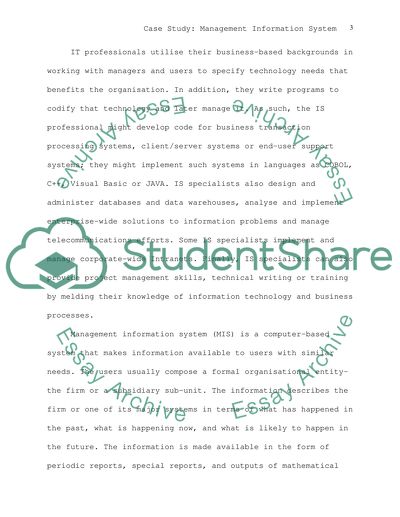Cite this document
(“Case Study: Management Information Essay Example | Topics and Well Written Essays - 2000 words”, n.d.)
Case Study: Management Information Essay Example | Topics and Well Written Essays - 2000 words. Retrieved from https://studentshare.org/technology/1519542-case-study-management-information
Case Study: Management Information Essay Example | Topics and Well Written Essays - 2000 words. Retrieved from https://studentshare.org/technology/1519542-case-study-management-information
(Case Study: Management Information Essay Example | Topics and Well Written Essays - 2000 Words)
Case Study: Management Information Essay Example | Topics and Well Written Essays - 2000 Words. https://studentshare.org/technology/1519542-case-study-management-information.
Case Study: Management Information Essay Example | Topics and Well Written Essays - 2000 Words. https://studentshare.org/technology/1519542-case-study-management-information.
“Case Study: Management Information Essay Example | Topics and Well Written Essays - 2000 Words”, n.d. https://studentshare.org/technology/1519542-case-study-management-information.


